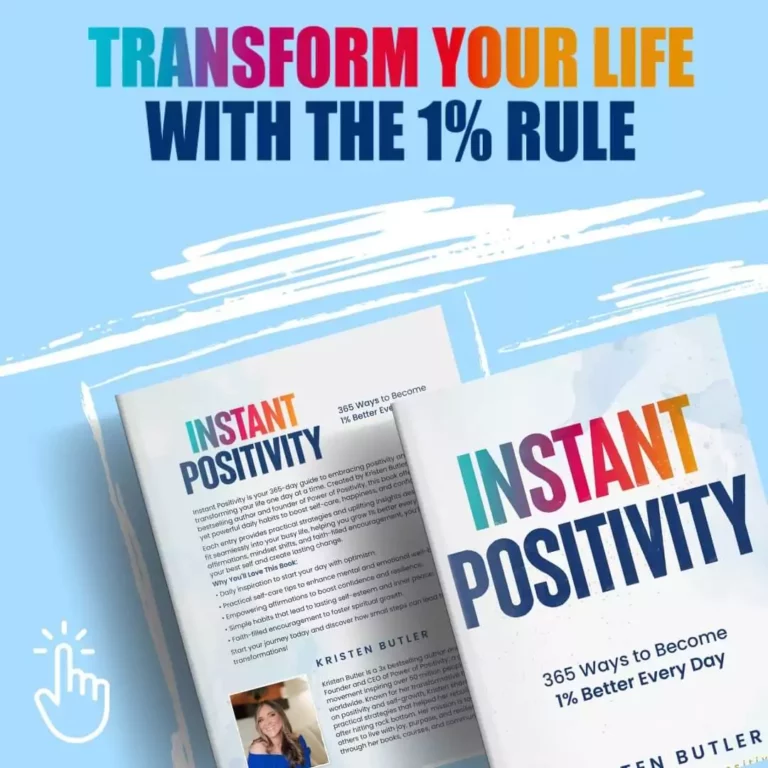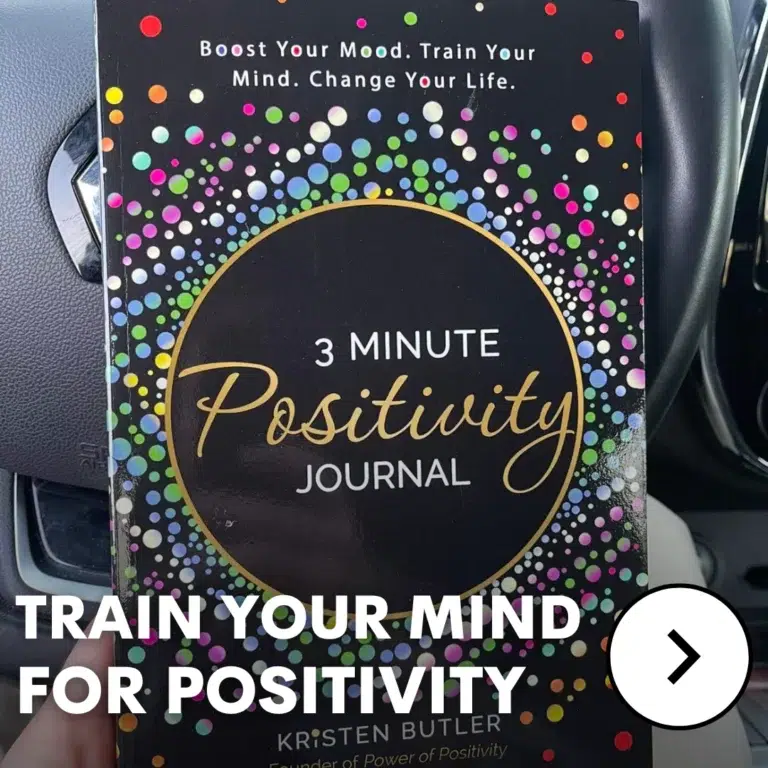A woman stands in line at a coffee shop, patting her pockets and realizing she forgot her wallet. Before embarrassment sets in, the person behind her quietly says, “I got it.” No big speech, no expectation — just a small act that changes her whole morning.
On her drive to work, she lets another car merge with a wave and a smile. That driver feels lighter, calmer, and later holds the door for someone else. None of them know each other, yet the kindness keeps moving, like a quiet relay that no one planned.
Moments like these prove that kindness is contagious. Studies show even witnessing a kind act releases feel-good hormones like oxytocin and serotonin, lowering stress and boosting connection. These aren’t random moments — they’re how kindness multiplies, passing through people in ways science is only beginning to understand.
The Science Behind Why Kindness Spreads
Every time you see someone act kindly, your brain takes note — even if you don’t notice it happening. Scientists call this “kindness contagion.” Inside your brain are mirror neurons — tiny nerve cells that reflect what you see in others. When you watch someone comfort a friend or help a stranger, your brain lights up as if you were doing the same thing.
In studies from Harvard and UCLA, people who watched kind acts were more likely to show kindness later — even toward people they’d never met. Researchers found that generosity can reach up to three connections away. So your act of kindness could end up helping someone you’ll never meet.
Being kind also affects your body. It lowers cortisol, the stress hormone, while raising oxytocin and serotonin, which help you relax and feel connected. Even your immune system benefits.
Once kindness changes your body’s chemistry, it naturally continues. The brain rewards good deeds with calm, satisfaction, and peace — feelings that make you want to repeat them. That’s why kindness is contagious. It isn’t just emotional; it’s biological. When people feel cared for, they instinctively care for others, creating a ripple that keeps going long after the moment ends.
How Kindness Rewires the Body and Brain
Doing something kind can lift your mood in seconds. Scientists often call it the “helper’s high.” When you help someone, your brain releases dopamine — the same chemical that lights up when you laugh, dance, or eat your favorite food. Along with dopamine comes oxytocin, the hormone that strengthens trust and connection.
This mix makes kindness addictive in the best way. Over time, repeating kind actions strengthens the brain’s empathy circuits. You start handling stress better and reacting with more patience. It’s not about being perfect; it’s about training your mind to stay balanced even in hard moments.
There’s also a loop at work: being kind lowers stress, which keeps your brain open and calm — and that calm makes kindness easier next time. Researchers say it’s like exercise for emotional health. Kindness is contagious because it shapes your biology to prefer peace over anger, connection over tension.
Beneath all that chemistry lies something ancient — a built-in instinct to care. Our ancestors survived through cooperation, and that instinct still runs deep in all of us.
Why We’re Wired for Connection
Humans have always survived better together. Long before cities or technology, people who shared food, care, and protection lived longer. Those who isolated often didn’t. That’s why kindness feels good — our brains reward it with hormones that make us feel safe and supported.
Oxytocin is one of those hormones. It encourages trust, empathy, and closeness. The same brain areas that respond to fear and safety — the amygdala and prefrontal cortex — also control compassion. It’s proof that connection isn’t just emotional; it’s a survival tool.
When we show kindness, the brain sees it as protection. That’s also why kindness is contagious — we’re built to pass along what keeps us safe.
Kindness isn’t decoration or a soft skill. It’s part of human design. But in today’s busy, divided world, we often forget that helping others also helps our own nervous system reset and heal.
When the World Feels Unkind
It can feel like kindness is disappearing. Every day we scroll past arguments, blame, and harsh opinions. Negative emotions travel fast online because the brain pays attention to threats first — it’s part of survival.
But kindness hasn’t gone away; it’s just quieter. Most people still do small good things daily — holding doors, saying thank you, checking in on others. Those moments just don’t trend.
Constant stress and comparison drain empathy. When people are overwhelmed, it’s harder to notice chances to help. But even then, one gentle act can interrupt the cycle.
Researchers say one calm response can reset a person’s mood, which changes how they treat the next person. That’s the hidden strength behind kindness is contagious — it finds its way through noise and chaos.
If we understand how kindness spreads, we can make space for it again — one small, quiet act at a time.
How Kindness Spreads Without Anyone Noticing
A. The Invisible Transmission
Kindness doesn’t always speak. Sometimes it’s in the quiet things — tone, posture, a calm look that softens tension. Scientists call this “emotional contagion.” It’s when people mirror each other’s moods without realizing it.
One study showed that nurses who stayed calm during long waits helped reduce overall stress in hospital rooms. No speeches, no pep talks — just steady presence. The human nervous system recognizes safety, then reflects it.
A kind voice or a small nod can shift how someone feels inside. You may never see the change, but that’s how kindness works — it spreads quietly, person to person, moment to moment. Kindness is contagious not because people copy actions, but because they absorb feelings.
B. The Social Echo Effect
When one person is kind, others tend to follow. Psychologists call this the “three degrees of influence.” Kindness can reach not only the person you help but also friends and strangers connected to them.
Picture this: a teacher helps a struggling student. That student later comforts a friend, and that friend shows patience to their younger sibling. The first act keeps echoing, long after the teacher forgot about it.
In workplaces, one supportive coworker can shift an entire team’s tone. Over time, people communicate better, stress less, and help more. Even just seeing kindness — without being directly involved — makes people more likely to act kindly later.
This is why kindness is contagious even in silence. It doesn’t need a lesson or reminder; people learn from what they feel. That quiet example becomes a living message that others repeat in their own way.
C. The Environmental Amplifiers
Kindness needs the right environment to grow. Spaces that feel safe, fair, and open help people care freely. Workplaces that celebrate teamwork instead of competition tend to have happier teams and stronger results.
Fear and pressure, on the other hand, silence compassion. When people worry about judgment or failure, empathy gets buried under stress.
Research shows that when kindness is rewarded — through appreciation, not money — people stay motivated longer. Culture matters. When leaders model respect, kindness spreads naturally. A single person can’t always change the system, but they can start the spark.
D. The Return Loop
Every act of kindness eventually circles back. When you help someone, your brain releases oxytocin, creating calm and satisfaction. That feeling becomes its own reward, making you want to repeat it.
This is called a “positive feedback loop.” Volunteers often report better mood and health because kindness keeps resetting their stress levels.
The more you practice it, the more natural it feels. Kindness is contagious because it feeds itself — what you give returns as peace of mind. Like a wave, it moves out, comes back, and grows stronger every time.
What Happens When Communities Choose Kindness
Whole communities change when kindness becomes part of daily life. Schools that teach empathy see fewer conflicts. Hospitals that focus on compassionate care report happier patients and less burnout among staff. Workplaces that promote gratitude see better teamwork and retention.
One study found that when leaders regularly thank employees, stress levels drop and cooperation rises. A simple “thank you” can sometimes do more than a bonus.
Kindness also builds trust. When people feel supported, they take more positive risks, help one another, and solve problems faster. Communities that care create stability — not just emotionally, but socially and economically.
When kindness becomes a shared habit, it stops feeling optional. It becomes the air everyone breathes — invisible but essential.
The Ripple You’ll Never See
The most powerful kindness is often the one you never see the result of. Maybe you smiled at someone who was having a bad day, or gave a compliment that changed how they saw themselves. Those small moments can ripple through hundreds of lives without your knowing.
Research shows that people who experience kindness early in the day often pass it forward multiple times later. It’s like emotional dominoes — one steady push keeps the chain moving.
Think of kindness like sunlight filtering through trees: you can’t follow every beam, but you know it’s there, lighting up spaces you’ll never visit.
That’s the beauty of it — kindness is contagious in ways no one can measure. It moves quietly, shaping lives far beyond the original act.
Turning Kindness Into a Habit
Small acts done often matter more than grand gestures. Start simple:
- Take a breath before reacting in frustration.
- Ask one generous question a day.
- Silently wish someone well.
These tiny habits train your mind to notice opportunities to care. Mindfulness helps too — when you’re present, you catch moments to help that others miss.
Kindness is like a muscle: the more you use it, the stronger it gets. Over time, it stops being a choice and starts being who you are.
Moments start the spark; habits keep it burning. The easiest way to spread kindness is to make it automatic.
Final Thoughts on Keeping Kindness Alive
Kindness isn’t something to learn — it’s something to remember. It grows when you pay attention, not when you try harder.
Every small act you do shifts the world around you just a little. And those little shifts add up to something real — a softer tone, a slower reaction, a gentler day.
The truth is, the simplest things often change the most. Being kind takes no title, no wealth, no reason. It just takes noticing.
So the next time you wonder if small actions matter, they do — more than you know.
Because kindness is contagious, and the world always needs more of it.





